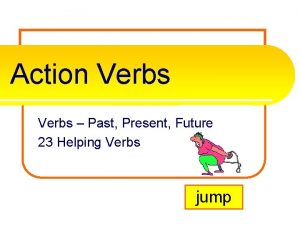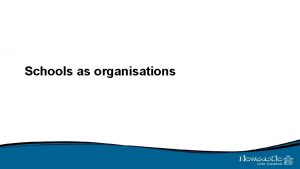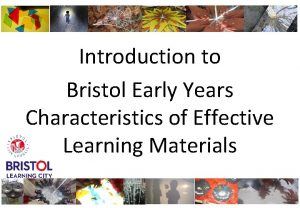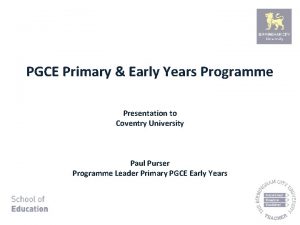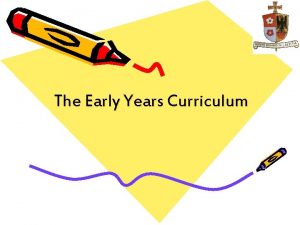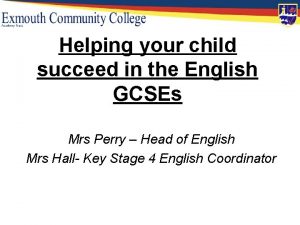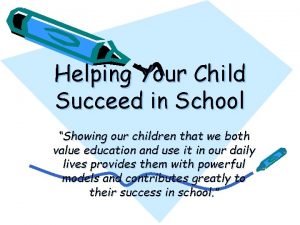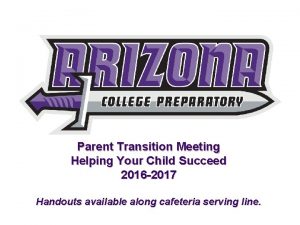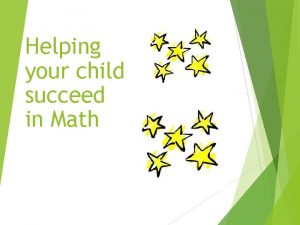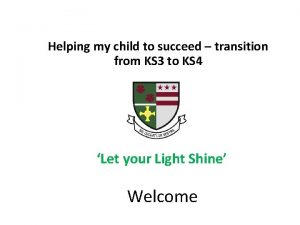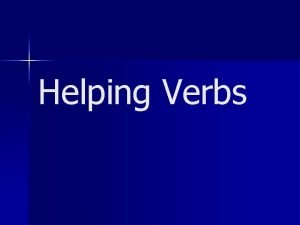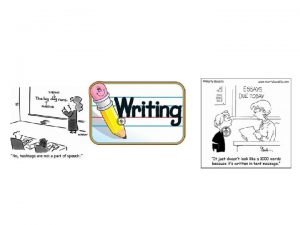Helping your child to succeed Early Years Foundation
















- Slides: 16

Helping your child to succeed Early Years Foundation Stage Summer Term 2015

Characteristics of Effective Learning Playing and exploring –engagement • Finding out and exploring • Playing with what they know • Being willing to ‘have a go’ Active learning – motivation • Being involved and concentrating • Keeping trying • Enjoying achieving what they set out to do Creating and thinking critically – thinking • Having their own ideas • Making links • Choosing ways to do things

Expected Levels of Development All of the adults are involved in assessing the children throughout the year. • Assessment is informal and often involves the teacher or Learning Support Assistant. • The child is usually not aware they are being assessed. • Towards the end of the year, the teacher uses these informal assessments to reach a judgment for the 17 Early Learning Goals (ELGs) in the EYFS Profile. They assess whether each child has achieved the ELG; this is expressed as attaining: “expected” (reaching the level of development expected for the end of Reception), “exceeding” (attaining beyond the ELG), or “emerging” (not yet attained the ELG). In order for children to be “Year 1 ready” they need to reach the expected level of development.

Reading Children read and understand simple sentences. They use phonic knowledge to decode regular words and read them aloud accurately. They also read some common irregular words. They demonstrate an understanding when talking with others about what they have read.

Exemplification material for ELG Reading

Supporting reading at home • Encourage your child to practise reading as often as possible. • Play games as well as reading books – I Spy, bingo with key words, search for key words in books (Word Detectives), • Talk about the story – make predictions before reading and discuss what happened afterwards. Can your child retell the story in their own words? Can they remember information from a non-fiction book? • Ask questions. E. g. What might happen next? How do you think she is feeling? Why do you think he did that? Which way would you go? Which character would you like to be? Encourage your child to answer in full sentences.

Writing Children use their phonic knowledge to write words in ways which match their spoken sounds. They also write some irregular common words. They write simple sentences that can be read by themselves and others. Some words are spelt correctly and others are phonetically plausible.

Exemplification material for ELG Writing

Supporting writing at home • The basis of good writing is good talk. When you visit places encourage your child to talk about what has been seen, heard, smelt, tasted and touched. Encourage children to share their experiences in as much detail as possible. • Let children see you being a model writer! Let them see you writing notes, cards or letters to friends or relatives, a shopping list, an article for a magazine or maybe a story or poem for them to enjoy. Let your children see that you are not perfect! Making changes and editing what you write is a natural part of writing. • Different types and colours of paper, a variety of ‘special’ pens and pencils, envelopes, stampers and various other stationary items can all help to motivate your child to write.

Supporting writing at home • Cut out words from a newspaper or magazine. Can they use the words to write a sentence? • Encourage your child to rehearse their sentence out loud before they write it down. • Always encourage children to punctuate their sentences with a fullstop and capital letter. • Let children write a small part of your shopping list. Let them be responsible for carrying their list and finding those items when you go to the supermarket. • Use magnetic letters on the fridge to spell out a message. Encourage your child to write their name, spell words and organise the letters into alphabetical order.

Numbers Children count reliably with numbers from 1 to 20, place them in order and say which number is one more or one less than a given number. Using quantities and objects, they add and subtract two single-digit numbers and count on or back to find the answer They solve problems, including doubling, halving and sharing.

Exemplification material for ELG Numbers

Supporting maths at home In the street Recognising bus numbers Number plate hunt. Who can find a 7? Add the numbers up. Comparing door numbers Counting – how many lampposts on the way to school? Doing the washing Counting in 2 s – matching shoes Sorting by colour and size. Matching/pairing up socks. Find four shoes that are different sizes. Can you put them in order?

Supporting maths at home Time What day is it? yesterday, tomorrow? Use timers, phones and clocks to measure short periods of time. Count down 10/ 20 seconds to get to the table/ into bed etc. Recognising numbers on the clock. If you cover a number, what number was missing? Food! Can you cut your toast into 4 pieces? Can you cut it into triangles? Setting the table. Counting the right number of plates etc. How many more do we need? Can you make shapes/ patterns out of the knives and forks. Can you put them in the right place in the drawers?

Supporting maths at home Going shopping Reading price tags Counting items into the basket Finding and counting coins Comparing weights – which is heavier? Measuring Are you taller than a …? Marking height on the wall. Cut hand shapes out of paper. How many hands long is the couch? How long is the table? Which is longer? Who has the biggest hands in our family? How many steps from the gate to the front door?

Supporting maths at home Games Putting cards into piles Jigsaws (you can make your own by cutting up a magazine picture) Snap (matching pairs) or Happy Families (collect 4 of a kind) Snakes and ladders or other simple dice games. Adding numbers on two dice. Bingo, with numbers or shapes Hopscotch
 Early years foundation stage pack
Early years foundation stage pack Helping verbs helping verbs there are 23
Helping verbs helping verbs there are 23 Sheep years to human years
Sheep years to human years 300 solar years to lunar years
300 solar years to lunar years Where is this image from
Where is this image from Who was shakespeare
Who was shakespeare First photograph of a person
First photograph of a person Summarise types of early years provision
Summarise types of early years provision Big builders medway
Big builders medway Effects of transitions in early years
Effects of transitions in early years Bristol characteristics of effective learning
Bristol characteristics of effective learning Henry hudson was an englishman sailing for
Henry hudson was an englishman sailing for Hampshire early years advisory team
Hampshire early years advisory team Eylf meaning
Eylf meaning Eye early years evaluation
Eye early years evaluation Characteristics of early adulthood
Characteristics of early adulthood Pgce early years
Pgce early years

